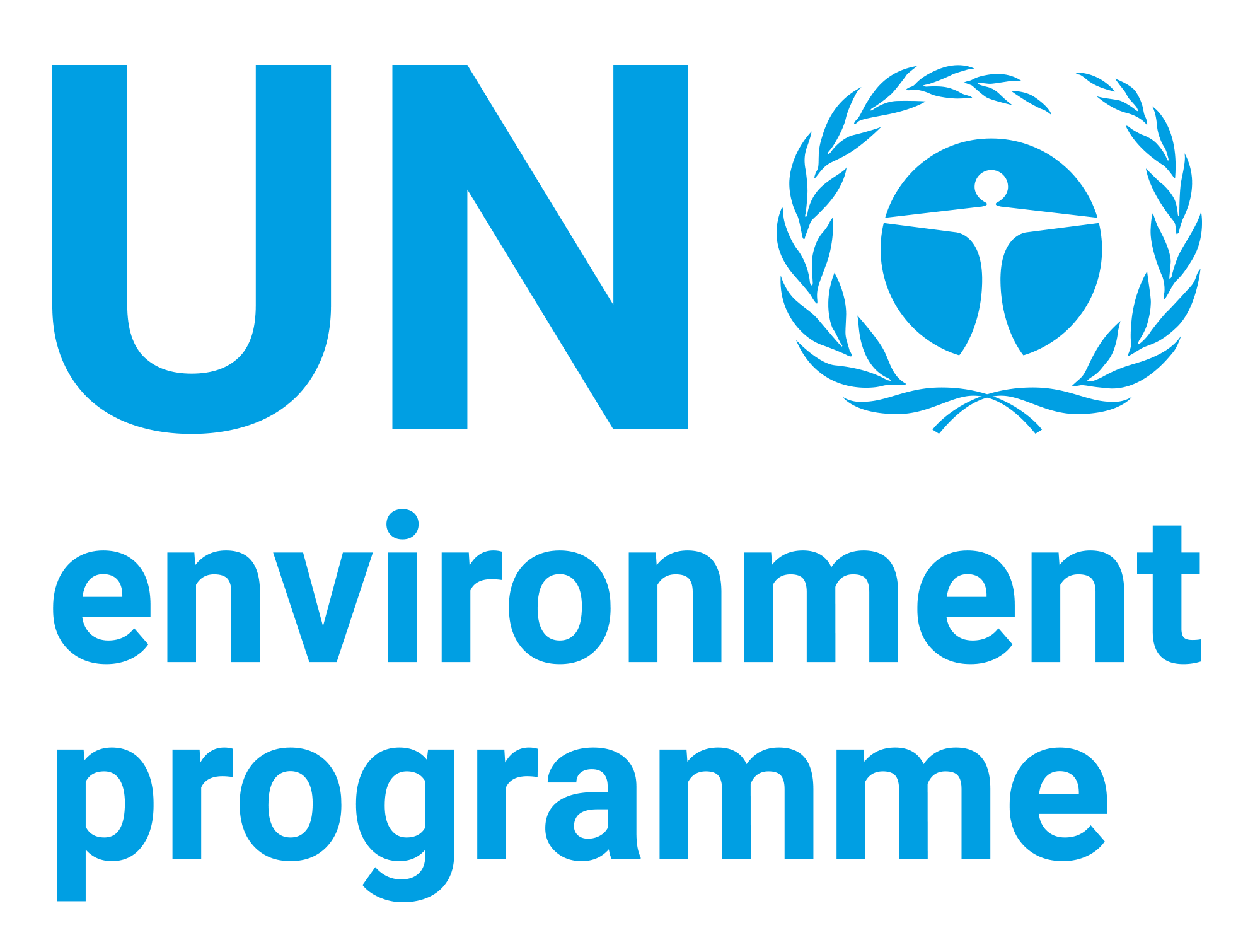| dc.contributor | Law Division | en_US |
| dc.contributor.author | United Nations Environment Programme | en_US |
| dc.coverage.spatial | Global | en_US |
| dc.date.accessioned | 2019-04-28T18:43:51Z | |
| dc.date.available | 2019-04-28T18:43:51Z | |
| dc.date.issued | 2019 | |
| dc.identifier.uri | https://wedocs.unep.org/20.500.11822/28125 | |
| dc.description | This Handbook is designed to provide jurists with an overview of environmental constitutionalism: we address what it is, the peculiar practical and procedural issues it presents, and how courts from around the globe have engaged it. Environmental constitutionalism is a relatively recent phenomenon at the confluence of constitutional law, international law, human rights, and environmental law. It embodies the recognition that the environment is a proper subject for protection in constitutional texts and for vindication by constitutional courts worldwide. Environmental constitutionalism offers one way to engage environmental challenges that fall beyond the grasp of other legal constructs. | en_US |
| dc.description.uri | https://www.unenvironment.org/explore-topics/environmental-governance | en_US |
| dc.format | Text | en_US |
| dc.language | English | en_US |
| dc.rights | Public | en_US |
| dc.subject | environmental law | en_US |
| dc.subject | constitutional law | en_US |
| dc.subject | judicial power | en_US |
| dc.subject | environmental justice | en_US |
| dc.subject | water right | en_US |
| dc.subject | legal remedy | en_US |
| dc.subject | damage | en_US |
| dc.subject | climate | en_US |
| dc.title | Global Judicial Handbook on Environmental Constitutionalism - 3rd Edition | en_US |
| dc.type | Manuals, Guides and Toolkits | en_US |
| dc.type | Reports, Books and Booklets | en_US |
| wd.identifier.sdg | SDG 10 - Reduced Inequalities | en_US |
| wd.identifier.sdg | SDG 16 - Peace, Justice and Strong Institutions | en_US |
| wd.identifier.sdg | SDG 17 - Partnerships | en_US |


